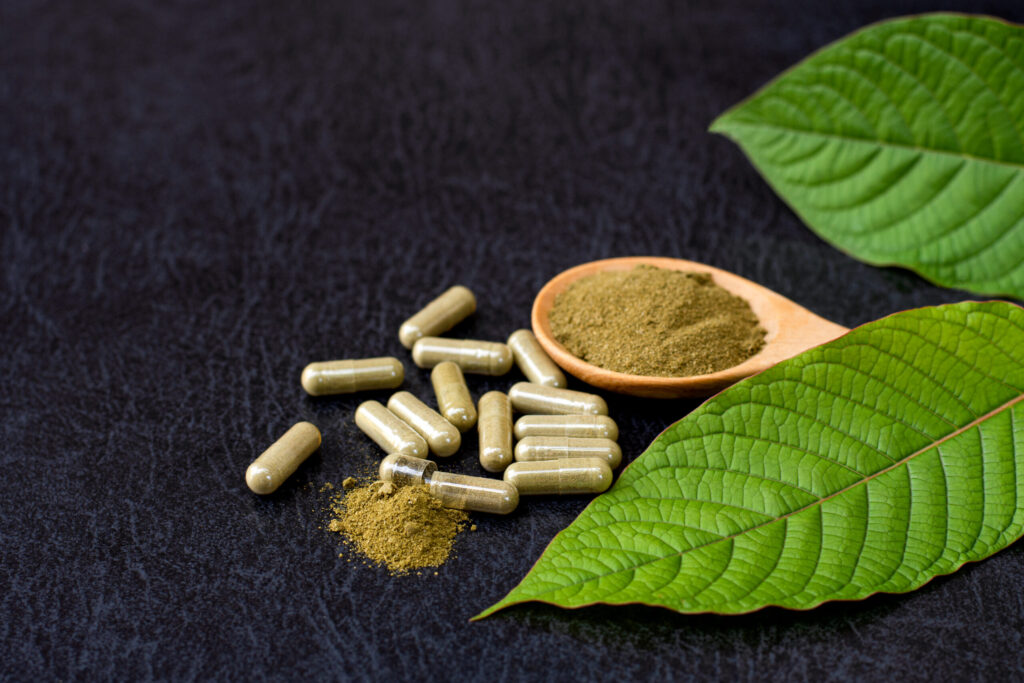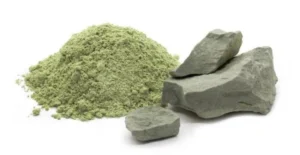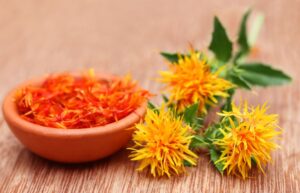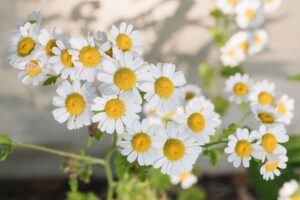Kratom

Kratom is an evergreen tree belonging to the coffee family, Rubiaceae. It grows to a height of 12 to 30 meters (40 to 100 feet) and has a trunk diameter of up to 1 meter (3 feet). The leaves are dark green, glossy, and oval-shaped, with a pointed tip and a smooth edge. Kratom leaves can grow up to 20 cm (8 inches) long and 12 cm (5 inches) wide. The tree produces small, yellow, globular flowers that grow in clusters.
1. Size:
- Kratom trees can grow up to 30 meters (100 feet) tall with a trunk diameter of around 1 meter (3 feet).
2. Color:
- The leaves of the Kratom tree are a deep green color, while the flowers are small and yellow.
3. Texture:
- Kratom leaves have a smooth, leathery texture. When dried, the leaves can be crushed into a fine powder or used in their whole form.
4. Fragrance:
- Kratom leaves have a mildly earthy, herbal scent, which is more pronounced when the leaves are dried and powdered.
5. Uses:
In its native regions, Kratom has been used for centuries to treat various ailments. It is commonly used to alleviate pain, enhance energy, and improve mood. The leaves can be chewed, brewed into a tea, or dried and crushed into a powder.
Kratom is often used as a natural pain reliever. It contains alkaloids like mitragynine and 7-hydroxymitragynine, which interact with opioid receptors in the brain to reduce pain perception.
At lower doses, Kratom is known to have stimulating effects, increasing energy, alertness, and sociability. At higher doses, it can produce sedative effects, promoting relaxation and a sense of well-being.
Some people use Kratom as an alternative treatment for opiate withdrawal symptoms. However, this use is controversial and should be approached with caution.
6. Habitat:
- Kratom trees thrive in the hot, humid climates of Southeast Asia, where they grow in tropical rainforests. The trees prefer well-drained, fertile soil and can be found in both lowland and mountainous regions.
7. Cultural and Spiritual Significance:
Kratom has been used in Southeast Asian cultures for hundreds of years. Laborers often chewed the leaves to combat fatigue, and it was used in social and religious rituals to promote well-being and connection.
In recent years, Kratom has gained popularity in the West as a natural remedy for pain, anxiety, and opioid withdrawal. However, its use is highly controversial, and it is banned in several countries due to concerns about safety and dependency.
Spiritual Properties
Energy and Vitality: Kratom is sometimes used in spiritual practices to boost energy and focus during meditation or rituals. It is believed to enhance vitality and stamina, allowing for deeper spiritual experiences.
Emotional Healing: The mood-enhancing properties of Kratom make it a popular choice in rituals aimed at emotional healing and stress relief. It is used to promote feelings of peace, contentment, and emotional balance.
Medicinal Properties
Analgesic: Kratom is widely recognized for its analgesic (pain-relieving) properties. The alkaloids in Kratom interact with opioid receptors in the brain, providing relief from chronic pain, arthritis, and other conditions.
Stimulant: At low doses, Kratom acts as a stimulant, increasing energy levels, mental clarity, and physical endurance. It is often used by those seeking a natural alternative to caffeine.
Sedative: At higher doses, Kratom has sedative effects, which can help with anxiety, insomnia, and stress. It is sometimes used as a natural sleep aid.
Allergic Reactions
Kratom leaves have been used for centuries in traditional medicine to alleviate pain, increase energy, and enhance mood. However, Kratom’s safety is highly debated. While some users report beneficial effects, Kratom can cause dependency, and its long-term use or high doses may lead to serious side effects. It is important to use Kratom with caution and under the guidance of a healthcare professional.
Skin Sensitivity: Some individuals may experience allergic reactions to Kratom, particularly if they have sensitive skin. Reactions may include itching, redness, or a rash.
Respiratory Issues: In rare cases, inhaling Kratom powder or fumes from burning Kratom may cause respiratory discomfort, including coughing, wheezing, or shortness of breath, particularly in individuals with pre-existing respiratory conditions.
Dependency and Withdrawal: Regular use of Kratom can lead to dependency, and sudden cessation may cause withdrawal symptoms, including irritability, insomnia, nausea, and muscle aches. It is important to use Kratom responsibly and consult a healthcare provider before use.
Digestive Issues: Ingesting Kratom in large quantities may cause digestive discomfort, including nausea, vomiting, and constipation. These effects are more common with higher doses and prolonged use.

Jericho
Jericho Jericho, also known as Rose of Jericho or Anastatica hierochuntica, is a fascinating plant known for its remarkable resurrection abilities and distinctive appearance. This

Balm of Gilead
Balm of Gilead Balm of Gilead is derived from the resinous buds of the Populus species, particularly Populus candicans or Populus balsamifera. This aromatic substance

Jojoba
Jojoba Jojoba (Simmondsia chinensis) is a perennial shrub native to the arid regions of the southwestern United States and northern Mexico. The plant is best

French Green Clay
French Green Clay The overall appearance of hibiscus flowers is bold and exotic, making them a popular choice for gardens, decorations, and floral arrangements. Their

Safflower
Safflower Safflower is a vibrant herb known for its bright yellow, orange, or red flowers, which are harvested for their seeds and petals. The plant

Chamomile Flowers
Chamomile Flowers Chamomile Flowers are small, daisy-like blossoms known for their soothing and calming properties. These flowers have been used for centuries in herbal medicine,